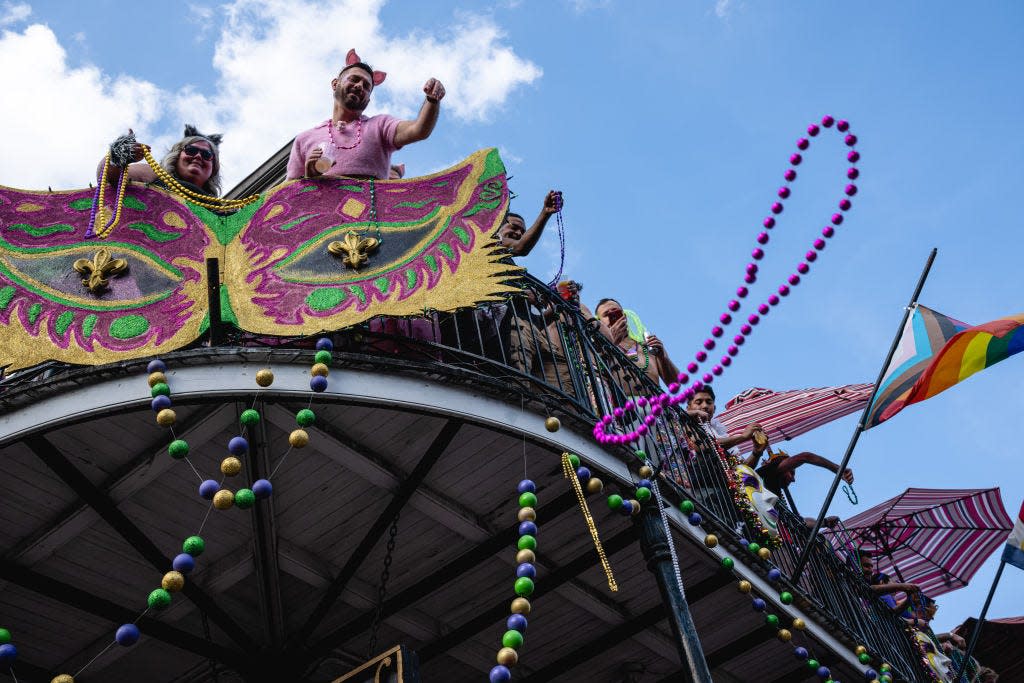Where did Mardi Gras start? Not New Orleans. Here's the full backstory

Grab your king cake and masquerade masks: Mardi Gras is arriving particularly early this year.
Ash Wednesday and Valentine's Day both fall on Feb. 14 this year, which means the third week of February will be stacked with religious observances. That includes Mardi Gras, the annual holiday that is always the day before Ash Wednesday and the start of Lent.
Mardi Gras celebrations in New Orleans have already begun, and countries around the world are preparing their own carnival traditions similar to the party-filled carnival season in New Orleans.
Here's everything you need to know about the holiday.
When is Mardi Gras?
Mardi Gras takes place each year on the Tuesday before Ash Wednesday, which marks the start of Lent. Lent is a period of 40 days in which Christians self-reflect to prepare to celebrate Jesus's resurrection at Easter.
Ash Wednesday falls on Feb. 14 this year, so Mardi Gras is on Tuesday, Feb. 13.
What does Mardi Gras celebrate?
Before it was celebrated by Christians, Mardi Gras was a pagan fertility festival, according to History.com.
In Rome, Christian leaders incorporated the tradition as a way to prelude Lent, when people would often fast between Ash Wednesday and Easter Sunday. Mardi Gras spread across Europe and is now celebrated in countries around the world.
What is Fat Tuesday?
Fat Tuesday is simply the English translation of the French term "Mardi Gras." "Mardi" means Tuesday in French and "gras" is the word for "fat." Traditionally, the holiday was a time for feasting and eating fatty foods that are not allowed during Lent.
Today, cities like New Orleans have popularized carnival seasons, with lots of feasting, parades and parties leading up to Mardi Gras. This year, New Orleans's carnival began on Jan. 6 and will end on Feb. 13 at midnight.

Why is Mardi Gras celebrated in New Orleans?
One of the most well-known celebrations of Mardi Gras is in New Orleans. According to the Almanac, the city's history with the holiday dates back to 1699, when French-Canadian explorer Jean-Baptiste Le Moyne de Bienville arrived in Louisiana. He named the plot of land, about 60 miles south of New Orleans, “Pointe du Mardi Gras” because he arrived there on the eve of the holiday.
He also traveled to Mobile, Alabama, in 1702, calling it “Fort Louis de la Louisiane.” The Alabama city celebrated America's first Mardi Gras in 1703. The holiday was later celebrated in New Orleans after the city was established in 1718. Events like parades and masked balls now take place in New Orleans in the weeks leading up to Mardi Gras.
This article originally appeared on Cincinnati Enquirer: Mardi Gras 2024: When is it? How did it start?

